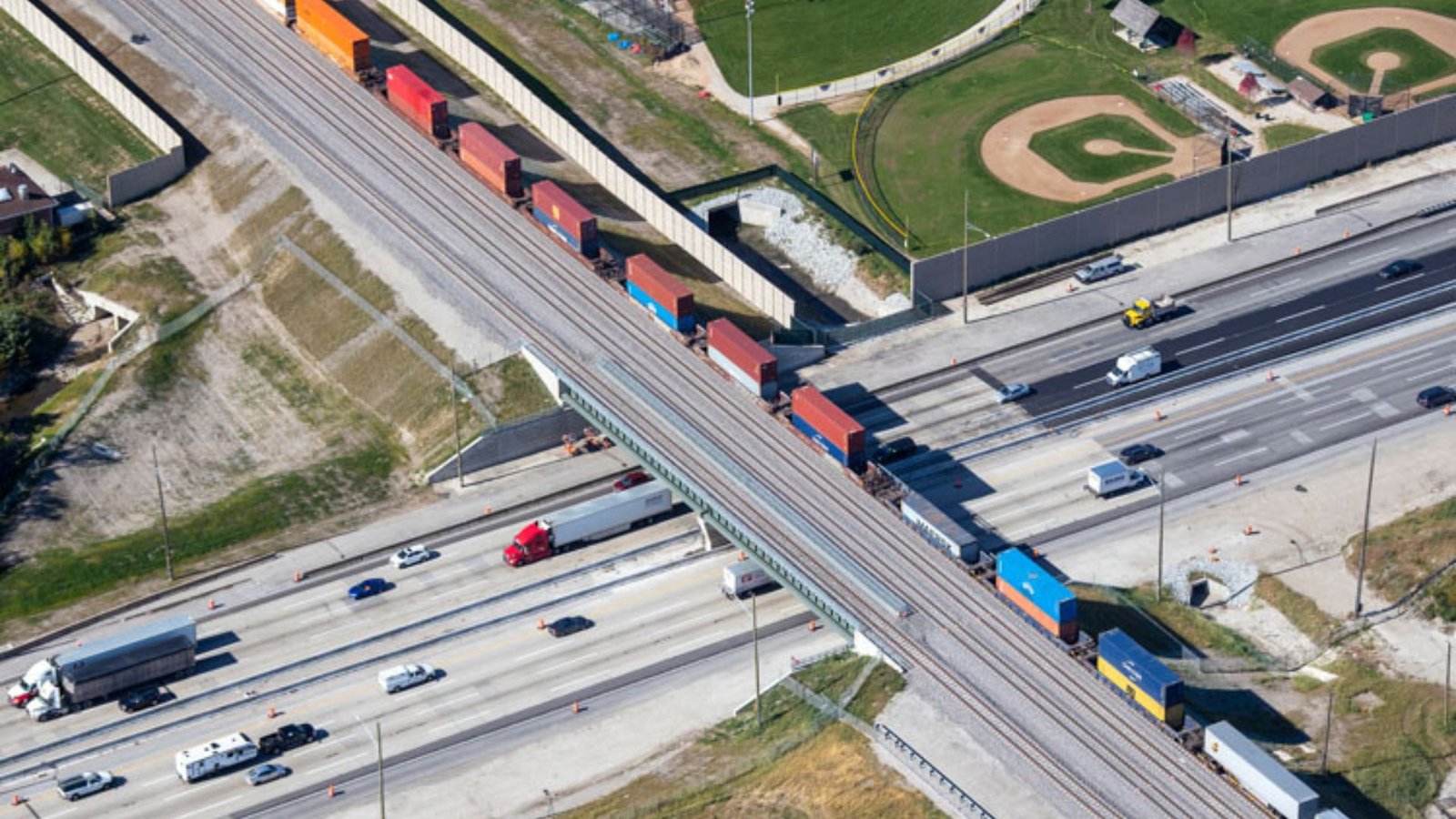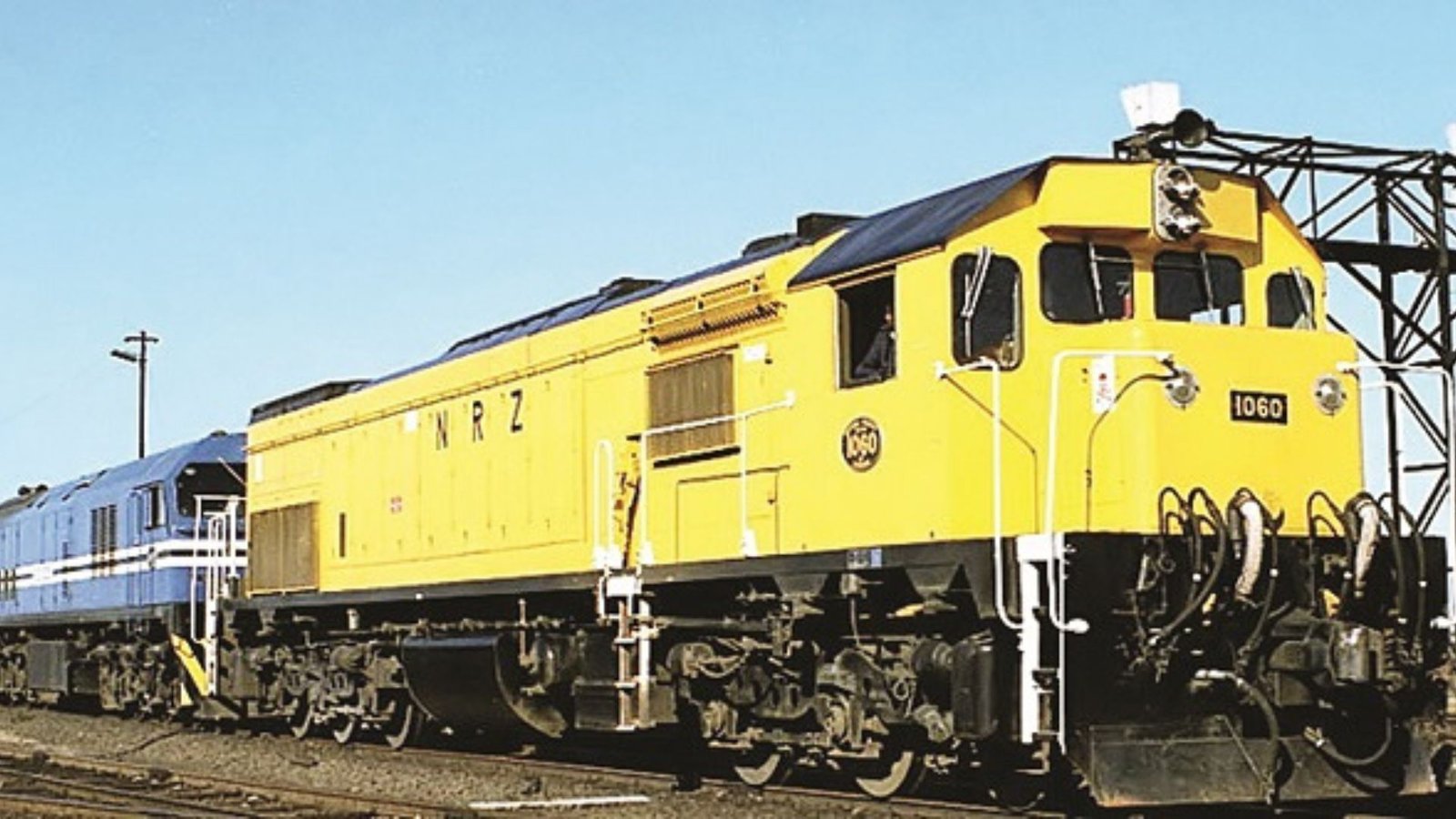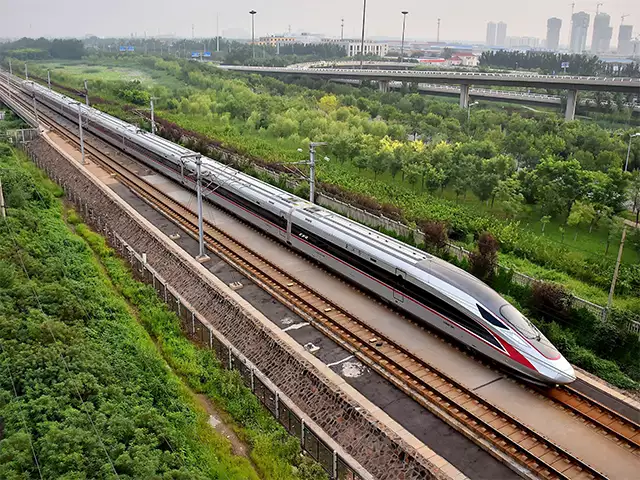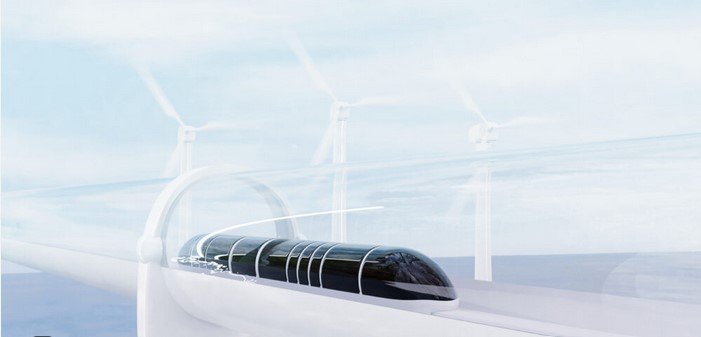When it comes to transportation, railroads versus highways is a debate that often arises. Both rail and road transport have their strengths, but which one is better depends on several factors, including the type of cargo, distance, and environmental impact. In this article, we will compare the two transportation methods to help you understand which one is more efficient, cost-effective, and sustainable.

1. Cost-Effectiveness
One of the primary considerations in the railroads versus highways debate is cost. On average, rail transport is more cost-effective for moving large quantities of goods over long distances. Trains can carry heavy and bulky freight much more efficiently than trucks, reducing the overall cost per ton of goods transported.
Trains also consume less fuel per ton of freight, making them a more fuel-efficient option. In contrast, trucks, which travel on highways, require more fuel to transport the same amount of goods. However, road transport can be more cost-effective for short distances or when transporting smaller loads, as setting up rail infrastructure can be expensive.
2. Speed and Flexibility
In the railroads versus highways debate, speed and flexibility play a crucial role. Highways offer greater flexibility because trucks can go anywhere there is a road. This is especially useful for last-mile deliveries, where goods need to be transported directly to specific locations, such as stores or homes.
Trains, however, follow fixed routes and require well-established railway networks. While rail transport is generally faster for long distances, it lacks the flexibility that road transport provides. In regions without good rail infrastructure, relying on highways may be the more practical solution.
3. Environmental Impact
When comparing railroads versus highways, the environmental impact is another significant factor. Rail transport is generally more eco-friendly than road transport. Trains produce fewer greenhouse gas emissions per ton of freight carried, making them a more sustainable choice.
On the other hand, trucks that travel on highways contribute more to air pollution due to higher fuel consumption and emissions. As countries focus more on reducing their carbon footprints and combating climate change, rail systems provide a greener alternative. Therefore, railroads are the better choice for environmentally-conscious transportation.
4. Road Safety and Congestion
Highways, particularly in busy regions, can face issues with traffic congestion and safety. Trucks on highways can create bottlenecks, causing delays and accidents, particularly when road infrastructure is inadequate or congested. Additionally, transporting goods by truck often requires passing through populated areas, which increases the risk of accidents.
In contrast, rail transport avoids congestion and is typically safer, as trains run on dedicated tracks. There is a lower risk of collisions between trains and other vehicles. Moreover, since rail transport does not mix with other types of vehicles, it is a more reliable and safe option for moving goods over long distances.
5. Infrastructure and Maintenance
Maintaining highways can be costly. Roads need regular repair and upgrading to accommodate increasing traffic and prevent wear and tear. Expanding and maintaining railroad infrastructure also involves high costs, but rail systems can be more durable and require less frequent maintenance compared to roads, especially in regions with heavy truck traffic.
Additionally, railroads require less land space compared to highways for the same amount of freight. Trains can carry much larger loads than trucks without taking up as much space. In some urban or densely populated areas, building new roads is challenging and expensive, while expanding rail networks can be more feasible.
6. Capacity and Efficiency
In terms of capacity, railroads are far more efficient for transporting large quantities of goods. A single train can carry thousands of tons of cargo at once, making rail transport ideal for bulk commodities like coal, grain, and raw materials.
On the other hand, highways often face limitations in capacity. Trucks can carry a limited amount of freight, and heavy trucks can cause significant damage to road infrastructure. As a result, highway transport can be less efficient when dealing with large volumes of goods over long distances. For bulk transport, rail is typically the better choice.
7. Long-Distance Transport
For long-distance transport, railroads often have the edge. Trains are built to travel long distances efficiently without stopping frequently, making them ideal for large-scale freight movement over thousands of miles. Rail networks also operate on fixed schedules, so goods can be delivered more predictably.
In contrast, highways may require frequent stops for refueling and rest, reducing overall speed for long trips. Long-distance trucking can also be subject to delays due to traffic, weather, and road conditions. Thus, railroads are generally better suited for transporting goods over great distances.
8. Economic and Regional Impact
Rail transport can have a broader economic impact by supporting industries like agriculture, mining, and manufacturing. By connecting remote areas to large markets, railroads help improve the efficiency of supply chains and encourage regional development.
On the other hand, highways tend to be more beneficial for local delivery and smaller-scale distribution. They are better suited for areas where rail systems are not available or where the goods being transported are too small or varied for rail transport.
Conclusion
In the railroads versus highways debate, both have their advantages and disadvantages. Rail transport excels in efficiency, cost-effectiveness, and environmental sustainability, particularly for large quantities of goods over long distances. It is also a safer and more reliable option for bulk cargo. However, highways are more flexible and better suited for short-distance, last-mile deliveries or when infrastructure for rail is lacking.
Ultimately, the choice between rail and road transport depends on factors like the type of goods, distance, and environmental goals. In many cases, a combination of both systems—using rail for long-distance and bulk shipments, and highways for local deliveries—offers the best solution for efficient and sustainable transportation.




